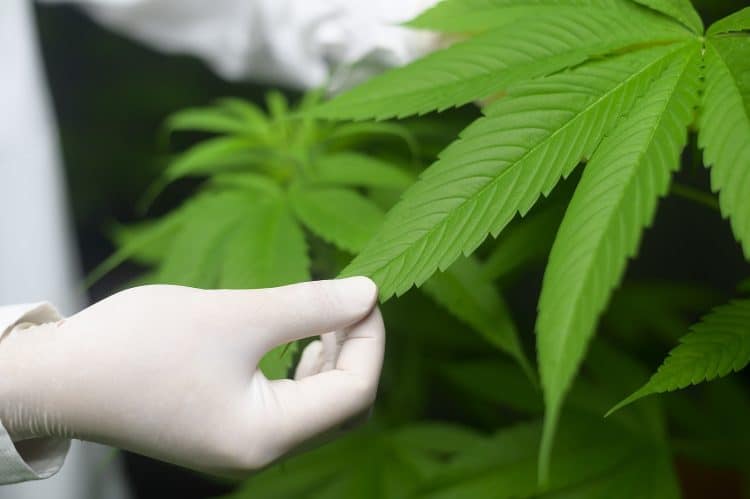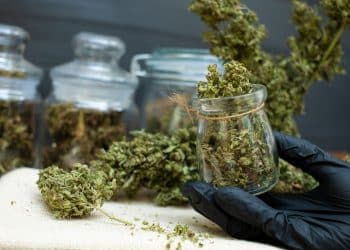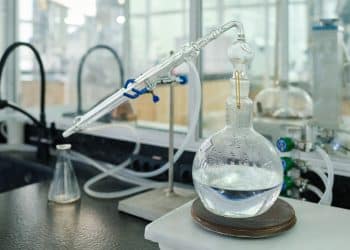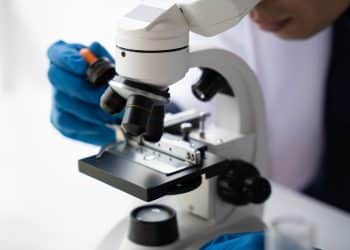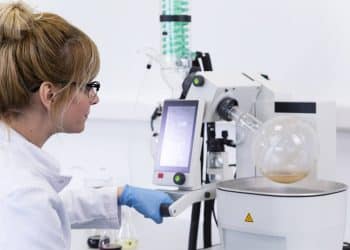According to a recent market analysis report, the value of the global botanical ingredients market was $144.38 billion in 2020 and is expected a growth of 6.9% from 2020 to 2028.
Botanical ingredients are gaining popularity among health and wellness-conscious consumers as it is becoming evident that they offer a myriad of benefits.
The extraction of active compounds from plants involves a series of steps, all of which play an essential role in the quality of the final extract. The drying process is the golden seal to get rid of water excess that may spur enzyme action and product degradation. Fractionation and separations allow the production of pure extracts and to isolate valuable substances from a complex plant mixture.
As mentioned above, drying is essential to enhance the shelf life of plant-derived products and to prevent the loss of valuable active ingredient from the extract that may be damaged by water presence.
Traditional drying methods such as air-drying have been substituted by oven drying techniques and also vacuum drying or freeze-drying techniques.
This step is usually done before the extraction of plant material in order to avoid the presence of water in the final extract and to reduce the need of high temperatures to get rid of the moisture. [1]
Traditional methods to extract plant constituents include maceration, percolation, and Soxhlet extraction. These methods have been replaced over time by newer techniques because of their several drawbacks, including long extraction times, high solvent consumption and degradation of thermo-sensitive molecules because of the high temperatures that may be involved.
Newer green and efficient methods, developed to overcome these setbacks include among others: microwave-assisted extraction (MAE), pressurized hot water extraction (PHWE) and supercritical fluid extraction (SFE). [2]; [3]
The latter technique, SFE involves the use of fluids at a supercritical temperature to extract ingredients both in solid or liquid form. SFE is widely used in cannabis business because it is efficient, safe, cost-effective and yields extracts free of organic solvents residues. [4]
References:
[1] Pham, H. et al. (2015). Effect of Extraction Solvents and Drying Methods on the Physicochemical and Antioxidant Properties of Helicteres hirsuta Lour. Leaves. Technologies, 3(4), 285–301.doi:10.3390/technologies3040285
2] Kaufmann B. et al. Recent extraction techniques for natural products: microwave-assisted extraction and pressurised solvent extraction. Phytochem Anal. 2002;13(2):105-113. [Journal impact factor = 3.373] [times cited = 935]
[3] Ameer K, Shahbaz HM, Kwon JH. Green extraction methods for polyphenols from plant matrices and their byproducts: A review. Compr Rev Food Sci Food Saf. 2017;16(2):295-315. [Journal impact factor = 12.811] [times cited = 390]
[4] Herrero M, Mendiola JA, Cifuentes A, Ibáñez E. Supercritical fluid extraction: Recent advances and applications. J Chromatogr A. 2010;1217(16):2495-2511. [Journal impact factor = 4.759] [times cited = 725]
Image: https://www.bigstockphoto.com/it/image-435191027/stock-photo-scientist-is-checking-and-analyzing-a-cannabis-leaves-for-experiment-%2C-hemp-plant-for-herbal-pharmac
